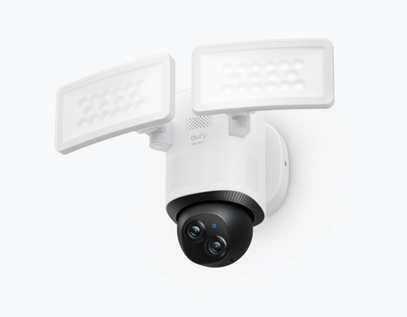Enlarge
reader comments
192
with 85 posters participating, including story author
Share this story
Share on Facebook
Share on Twitter
Share on Reddit
Earlier this week, network-storage vendor iXsystems announced the
release
of TrueNAS 12.0-BETA1, which will replace FreeNAS later in 2020. The major offering of the new TrueNAS Core—like FreeNAS before it—is a simplified, graphically managed way to expose the features and benefits of the ZFS filesystem to end users. In the most basic environments, this might amount to little more than a Web front-end to ZFS itself, along with the Samba open-source implementation of Microsoft's SMB network file-sharing protocol.
Although this might be sufficient for the majority of users, it only scratches the surface of what TrueNAS Core is capable of. For instance, more advanced storage users may choose to share files via NFS or iSCSI in addition to or in place of SMB. Additional services can be installed via plug-ins utilizing FreeBSD's jail (containerization) facility, and the system can even run guest operating systems by way of FreeBSD's BHyve virtualization system—all managed via Web interface alone.
TrueNAS Core will be what FreeNAS is now—the free, community version of iXsystems' NAS (Network Attached Storage) distribution. End users—and system administrators who aren't looking for paid support—can
download
FreeNAS or TrueNAS Core ISOs directly from iX, burn them to a bootable optical disc or thumbdrive, and install them on generic x86 hardware like any other operating system.
We've been kicking the tires on early versions of TrueNAS Core since its
announcement
in March, and we see no evidence of any FreeNAS functionality slipping away behind "premium only" paywalls. The dividing lines
between
TrueNAS Core and TrueNAS Enterprise are no different than those between earlier versions of FreeNAS and TrueNAS itself.
Due to the sheer breadth of TrueNAS Core's offerings, we can't walk you through everything it's capable of in a single article. But we will hit the major highlights along the way—we'll install the distribution and set up a storage pool on eight physical disks, join TrueNAS Core to a Windows Active Directory domain, set up some file shares, and play with ZFS snapshot and replication facilities.
Advertisement

The user interface has come a very long way in the six years since our 2014
review
of FreeNAS. The modern TrueNAS interface has been entirely rebuilt from scratch, along much more coherent lines. If you've tried and given up on old versions of FreeNAS, it's worth taking a second look at how far it has come.
Installation
If these options seem overwhelming, installing and managing your own storage distribution may not be for you.
Once you've decided to install, the next question is where you want the root and boot filesystem to go.
This wasn't our first TrueNAS Core test run, so we're given the option to upgrade or install fresh. We chose the fresh install.
FORMAT! EVERYTHING!
Last chance to abort! It's a little odd that we're not told about the preference for "flash media" until the "oh no" screen, but okay.
You'll need to set a root password before rebooting. There is no strength check here; if you want to use "poop" as your password, the installer won't complain.
TrueNAS supports either UEFI or BIOS boot. Both modes worked on our Linux KVM virtual machine, and directly on the metal of the Storage Hot Rod.
That's the whole install—pop the install medium out of the system and reboot.
The first-boot phase of a TrueNAS Core installation is the simplest OS installation we've ever seen. TrueNAS Core doesn't ask you to do the complicated stuff during the original installation; all it wants to do is slap the operating system onto a boot disk and have done with it. You pick a disk (or USB thumb drive) to act as the boot-and-root medium, set a password, and pick UEFI- or BIOS-style boot—that's it.
All of the interesting stuff—like configuring the rest of your disks as actual storage devices or creating and exposing network shares for them—happens later.
First boot
This ASCII splash screen hangs around for five seconds; if it hasn't received input by then it falls through to a standard boot.
The only thing most users will need to do at the text console is configure the network interface (which defaults to DHCP).
You might think you'd WANT to "remove the current settings of this interface"—but if you do, it just returns you to the menu. So, uh, don't?
Don't forget to configure your default route (and DNS) as well as the IP address, if you leave DHCP mode.
There isn't much to do on your first reboot after installing TrueNAS Core—little or no configuration is ever done at the physical machine. By default, the system will assign configurations to any live network interfaces by DHCP. If you don't want to issue a specific DHCP reservation for the TrueNAS system at your router, you'll need to manually set an IP address in the text-based menu here.
Once you've got your TrueNAS Core system living at its "forever IP address," it's time to walk away, sit down in front of the computer or mobile device of your choice, and browse to the TrueNAS Web interface to get the real configuration work done.




